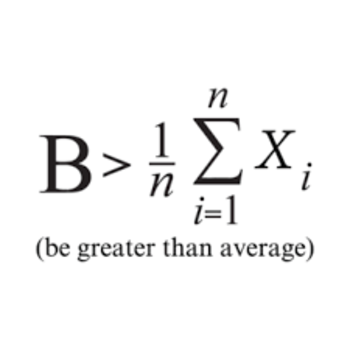How do you find the amplitude, period and phase shift for #y=cos3(theta-pi)-4#?
1 Answer
Mar 30, 2018
See below:
Explanation:
Sine and Cosine functions have the general form of
Where
In this case, the amplitude of the function is still 1 as we have no number before
The period is not directly given by
Period
Note- in the case of
and
Also as

